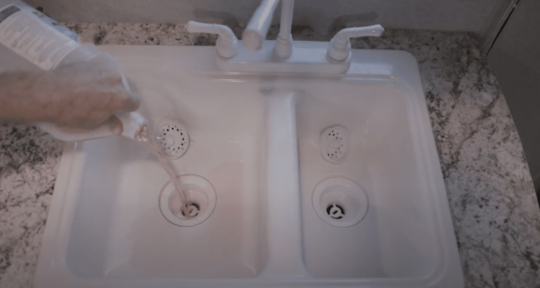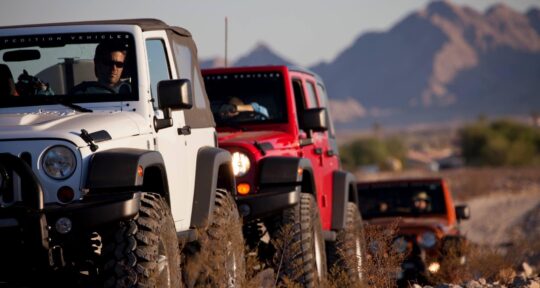For me, camping in my 2015 Smart Car is a happy medium between being the most efficient and having the most fun. As someone who’s spent many years motorcycle camping, I know how tough it can be packing everything you need on a bike. There are times where you have to sacrifice something that you want to have for something that you need to have.
The ultimate guide to car camping
Although camping in an RV or campervan is suitable for many, especially those traveling with children or a group, I feel that you lose some of the magic of camping—being outdoors and connected with nature. With a larger vehicle, you also tend to bring unnecessary items that take up space or don’t get used.
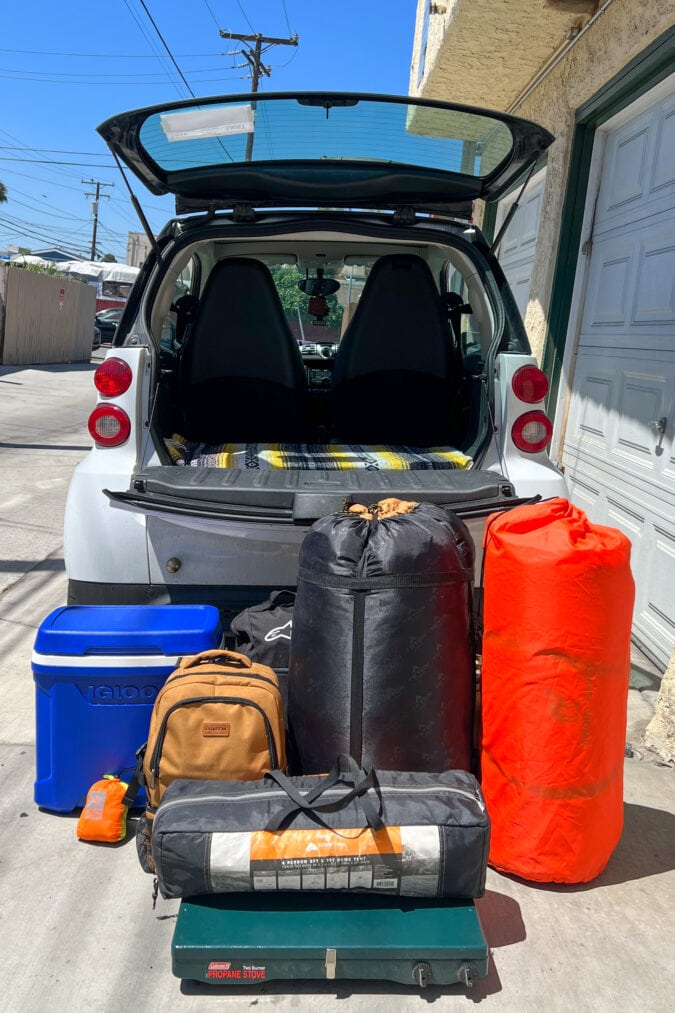
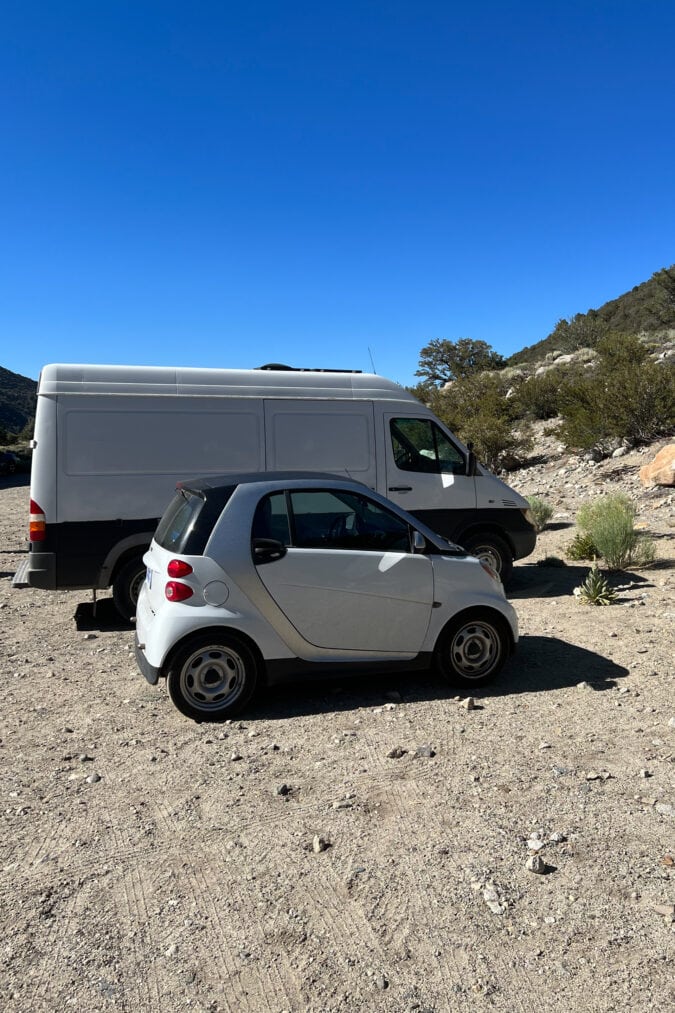
My partner, our dog Ziggy, and I can all fit comfortably in our Smart Car with everything we need for a long weekend camping trip. The key is starting out with the right gear.
The art of packing ‘Smart’
The Smart Car only has about 7.8 cubic feet of trunk space, so you need to be very intentional with what you bring aboard. When we had a station wagon, we packed extra sleeping bags to combat colder nights, extra layers, house pillows, blankets, camping mats, camping chairs, a tent, cooking supplies (we admittedly went overboard here), and a vintage Coleman cooler. When you have more space, you find things to inhabit it. Those things may have all come in handy at one point or another, but are they of dire importance? My new response is, No way.
After assessing our limited space, my partner and I made some important decisions about our camp kit. The first thing on the list was a new sleeping bag. As someone who runs cold and usually has Ziggy in the bag with me, I knew I needed more room and something with a better temperature rating. I did some research and found a zero-degree, down-feather, two-person sleeping bag, and it couldn’t be more perfect. It looks huge in contrast to my 20-degree single bag, but it takes the place of two bags, and our comfort level is much higher. After our first 30-degree night testing it out on BLM (Bureau of Land Management) land at Red Rock Canyon in Las Vegas, I was truly a happy camper.
20 overlanding essentials: Gear and gadgets for the ultimate off-road camping adventure
Next was a two-person camping mat to match our new bag; we previously had two different singles. The two-person mat is a combination of foam and air and comes with matching inflatable pillows. The foam and air combo is nice on cold nights, and you won’t lose any sleep if it happens to lose air. There’s no sliding around, and we don’t wake up with tweaked necks or backs. It also keeps both people comfortable.
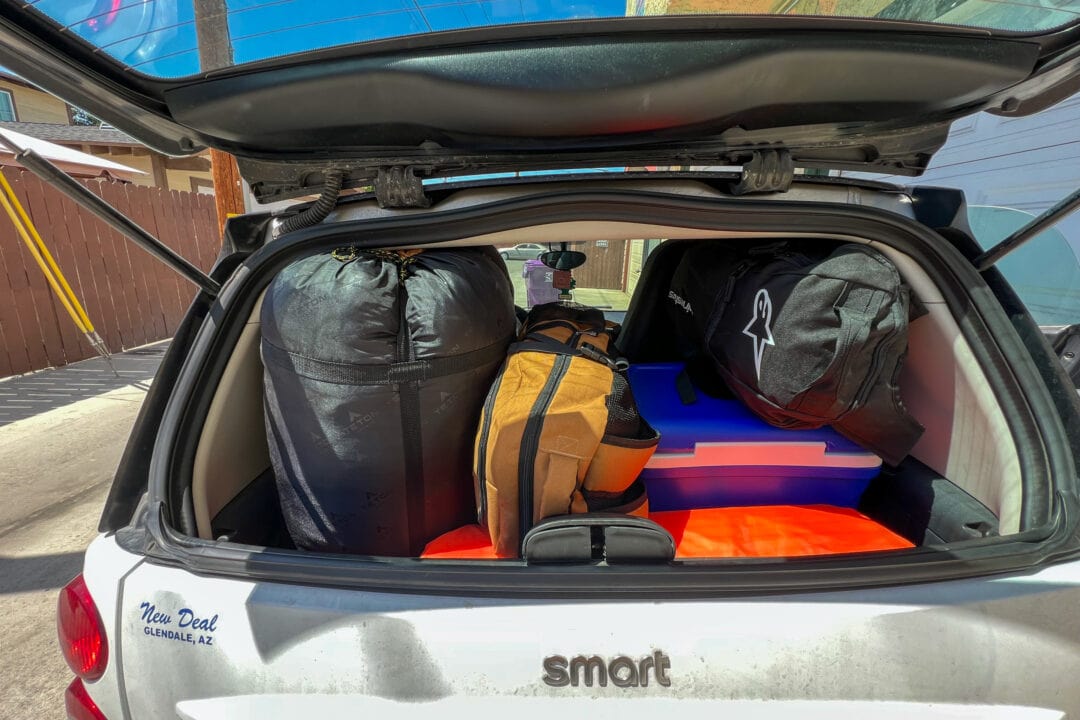
A recent addition to our kit was a portable butane grill. While we prefer to cook by fire, living in Southern California means there are often fire restrictions. The grill replaced the tiny jetboil that we used for coffee (and sometimes dinner) when we didn’t have a campfire. I also purchased a compact two-person mess kit that comes with plates, bowls, a kettle, a lidded pot, a pan, and folding silverware. Surprisingly, the number of kitchen supplies we needed was greatly reduced after integrating those items.
Fire Ban? Have Fun with these Campfire Alternatives.
With those main components swapped out, we also have enough room for our rock climbing gear, clothes and toiletries, and a cooler. The Smart Car has clever hideaways built into the car, like a compartment in the tailgate where we keep emergency items like jumper cables, Fix-a-Flat, tire plugs, and headlamps. Much to our surprise, under the passenger’s feet with the battery, is a Smart-specific flat tire sealant and a tire inflator.
More miles, more adventure
One of the best things about going on camping trips with the Smart Car is the gas mileage. Getting 38 miles per gallon (in the city) is wallet-friendly, and the highway mileage is even better. Being based in Long Beach, California, some of my favorite national parks, like Yosemite, Sequoia, and Zion, are hundreds of miles away, but what we put in the tank gets us pretty far.
11 states in 14 days: Car camping along the most famous routes in the U.S.
Perhaps my favorite thing about Smart Car camping is the looks of utter shock on people’s faces when they see us alongside the massive RVs, trucks hauling campers, and best of all, driving along with 4×4 rock crawler Jeeps. After a recent trip to Big Bear, California, we navigated through unpaved boulder-laden trails and dried-up riverbeds. The Smart Car is so narrow that we were able to weave through the areas that a vehicle with a wider wheelbase has to drive over. We had to call it quits about 1,000 feet from camp, but it makes for a good laugh when every person passing you says, How did you get out here?
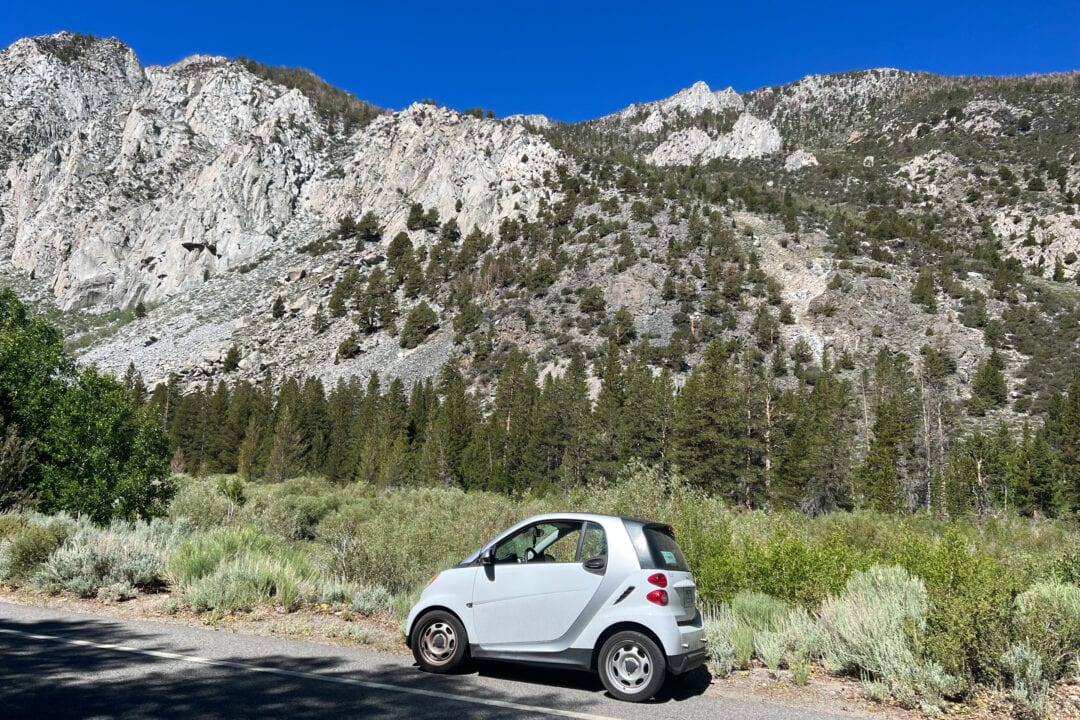
We truly love camping and getting as far off-grid as possible, and if we can avoid staying in a designated camp spot, we do. For me, there’s nothing more peaceful than sitting under the stars enjoying the silence, knowing there’s no other human activity for miles. I truly enjoy remote sites that lack electricity, cell service, toilets, or water.
How to car camp in an EV: Tips from a Tesla Model Y owner
This type of camping isn’t for everyone, and that’s ok. I’ll admit, after rock climbing in Joshua Tree at the end of spring in hot weather, it’s nice to have a traditional shower and A/C. The Smart Car is great for those experiences too, but what I really love is that we didn’t have to give up any style of camping when buying a micro car.
The Smart Car community is vast, and there’s a wealth of knowledge from “Smarties” all over the world. If you’re looking for a tow hitch or a roof rack that works for the Smart Car, someone has an answer and has already posted a link in a forum or YouTube video—the DIY aspect of this community appeals to me. Great things come in small packages, as all Smart Car owners know too well.

